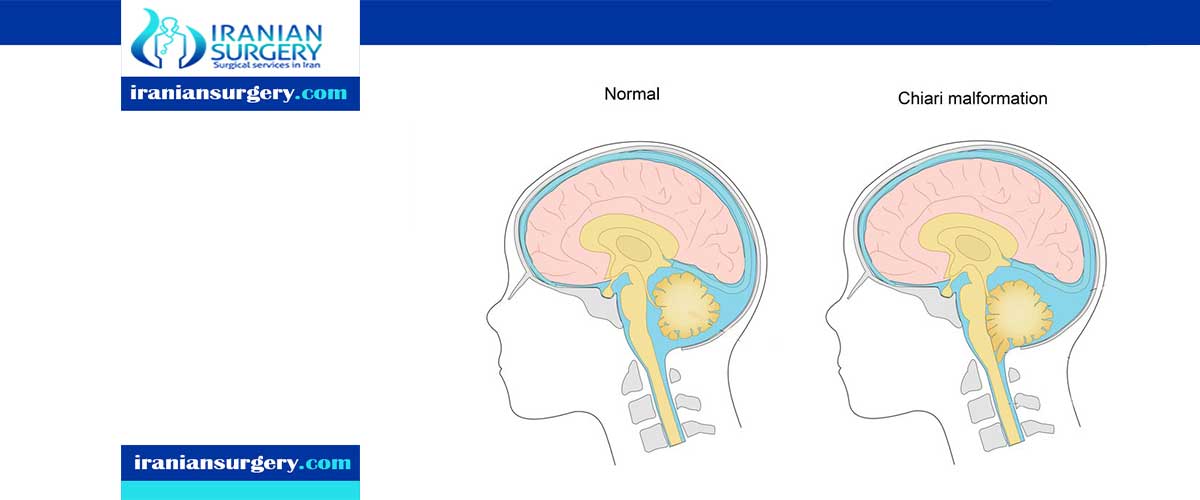Chiari Malformation Treatment
Treatment
Treatment for Chiari malformation depends on the severity and the characteristics of your condition.
When headaches or other types of pain are the primary symptom, your doctor may recommend pain medication.
Your doctor may order diagnostic tests, such as:
- X-ray
- CT scan
- MRI
An MRI is the test most often used to diagnose Chiari malformations.
If Chiari malformations cause no symptoms and do not interfere with activities of daily living, no treatment is necessary. In other cases, medications can be used to manage symptoms such as pain.
Surgery is the only treatment that can correct functional defects or stop progression of damage to the central nervous system.
In both type I and type II Chiari malformations, the goals of surgery are to:
- Relieve pressure on the brain and spinal cord
- Re-establish normal fluid circulation through and around the area
In adults and children with Chiari malformations, several types of surgery can be performed. These include:
Posterior fossa decompression surgery. This involves the removal of a small portion of the bottom of the skull and sometimes part of the spinal column to correct the irregular bony structure. The surgeon also may open and widen the dura. That's the firm covering of the brain and spinal cord tissues. This creates additional space for the cerebrospinal fluid to circulate.
Electrocautery. This uses high-frequency electrical currents to shrink the lower part of the cerebellum.
Spinal laminectomy. This is the removal of part of the arched, bony roof of the spinal canal. This increases the canal's size and reduces pressure on the spinal cord and nerve roots.
Additional surgical procedures may be needed to correct conditions associated with Chiari malformations such as hydrocephalus.
Surgery usually results in a significant reduction of symptoms and a prolonged period of remission. According to Children's Hospital in Boston, which specializes in the treatment of Chiari malformations, surgery virtually eliminates symptoms in 50% of pediatric cases. Surgery substantially reduces symptoms in another 45% of cases. Symptoms are stabilized in the remaining 5%.
10 common questions about Chiari Malformation Treatment
[kkstarratings]




